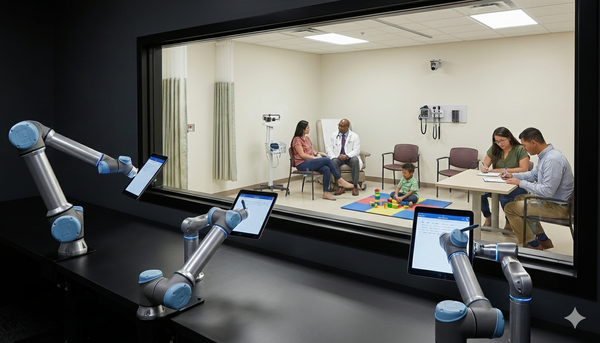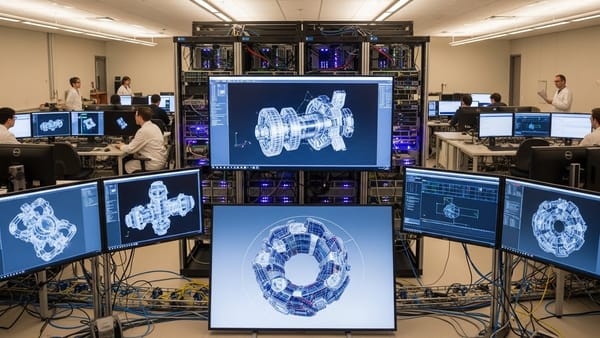China Reconsiders U.S. AI Processors: Nvidia and AMD must reassure China their high-end GPUs don't pose security risk
Nvidia and AMD, having obtained the U.S. government’s permission to resume selling AI processors in China, received a cool welcome there.

Nvidia and AMD, having obtained the U.S. government’s permission to resume selling AI processors in China, received a cool welcome there.
What’s new: China’s government, which is wary of U.S. control over the country’s supply of high-end GPUs, is requiring Nvidia processors to undergo a security review, The Wall Street Journal reported. While the review is underway, the authorities are urging Chinese AI companies to buy domestic GPUs. DeepSeek reportedly tried and failed to use China-native Huawei GPUs to train DeepSeek-R2, the follow-up to its DeepSeek-R1 model, which has delayed the project, according to Financial Times.
How it works: The Chinese government’s resistance to AI processors from U.S. vendors signals rising confidence in the nation’s AI capabilities, as the U.S. seeks to return to selling advanced processors in China after blocking such sales in recent months. China is helping the domestic semiconductor industry to compete against U.S. designers like Nvidia and AMD and the Taiwanese manufacturer TSMC, which fabricates their products, by providing funds and tax incentives and applying pressure to Chinese AI companies to buy processors made domestically. Meanwhile, Chinese vendors aim to close the performance gap between their products and those of U.S. competitors.
- China raised security concerns about U.S. processors. The government required Nvidia to explain alleged “backdoor security risks” of its H20 processor, which is designed to comply with U.S. export restrictions. China cited information it said it had obtained from U.S. artificial intelligence experts that the H20 could be shut down remotely and used to track users’ locations. Nvidia disputed those claims. (The H20’s processing power is roughly comparable with that of the Huawei Ascend 910B/C and less than that of Nvidia’s most advanced products, but its memory capacity and bandwidth are superior to Huawei’s best and closer to its Nvidia peers.)
- China questioned domestic technology firms including Baidu, ByteDance, and Tencent about their desires to use U.S. processors.
- China’s scrutiny of U.S. processors could set back Nvidia. In July, the company placed orders to manufacture 300,000 H20 chipsets and warned customers that demand might outstrip supply.
Behind the news: The U.S. government restricted sales of U.S. AI processors to China in 2022. The Trump administration tightened the restriction but recently reversed course.
- In April, the White House effectively banned sales to China of advanced chips that use U.S. technology by making them subject to export licenses, which apparently were not forthcoming.
- In recent weeks, the White House lifted the ban. In return, China agreed to sell to the U.S. rare-earth minerals and magnets derived from them, which are critical components in a wide range of consumer and industrial devices including smartphones, hard disks, and electric cars. In an unusual arrangement, U.S. chip vendors will be required to pay to the U.S. government an export license fee of 15 percent of their revenue from sales to China.
- Nvidia is developing a scaled-down, low-cost processor for the Chinese market based on its upcoming Blackwell chip architecture. The White House said it may allow Nvidia to export such processors to China.
Why it matters: The U.S. and China are wary that the other will gain a strategic advantage in technological, economic, or military power. Leadership in AI is central to all three areas. While U.S. AI companies have developed cutting-edge proprietary models, their counterparts in China have pulled ahead in open models on which anyone can build applications free of charge. But processors remain a sticking point. Spurred by U.S. export controls and policy shifts, which have made the U.S. an unreliable supplier, China is doubling down on its own semiconductor industry in hope of catching up with — and advancing beyond — Nvidia and TSMC.
We’re thinking: Developers around the world use open-weights models from China. Whether they will also adopt AI processors from China is an open question.




